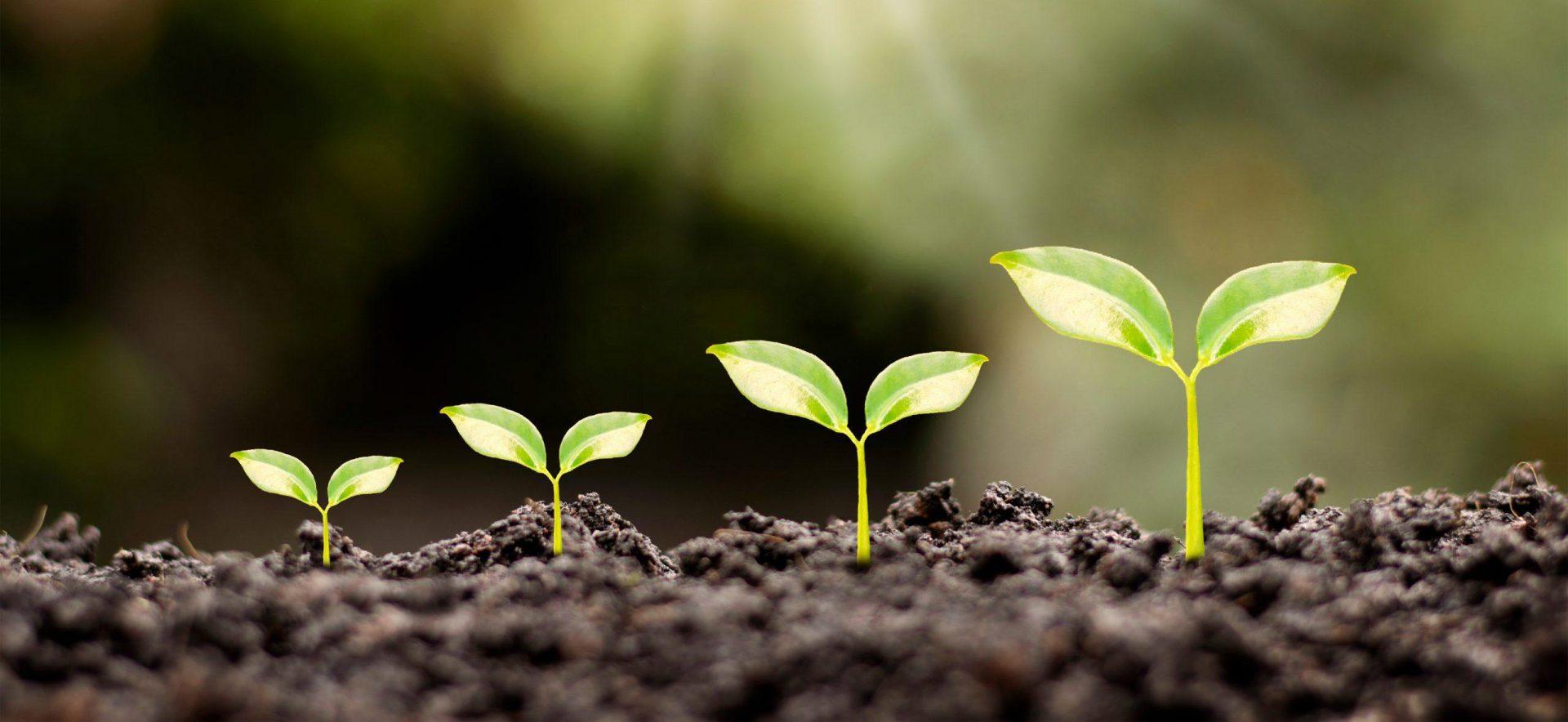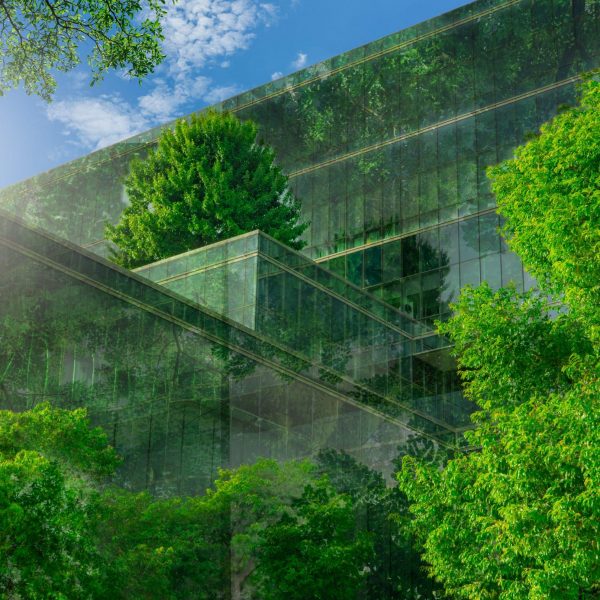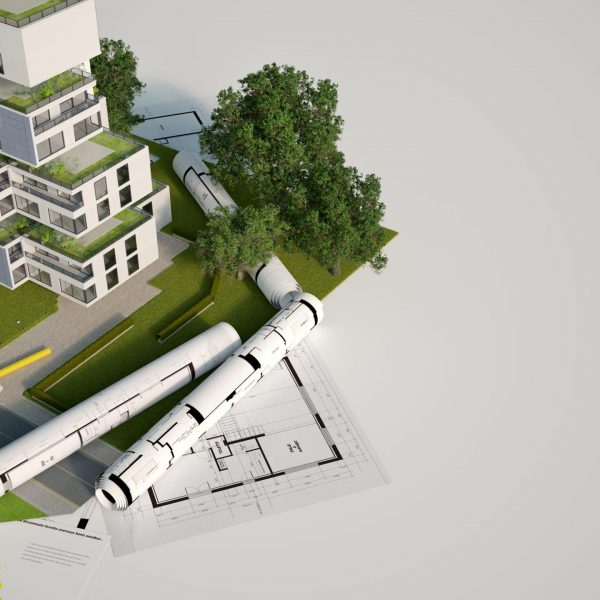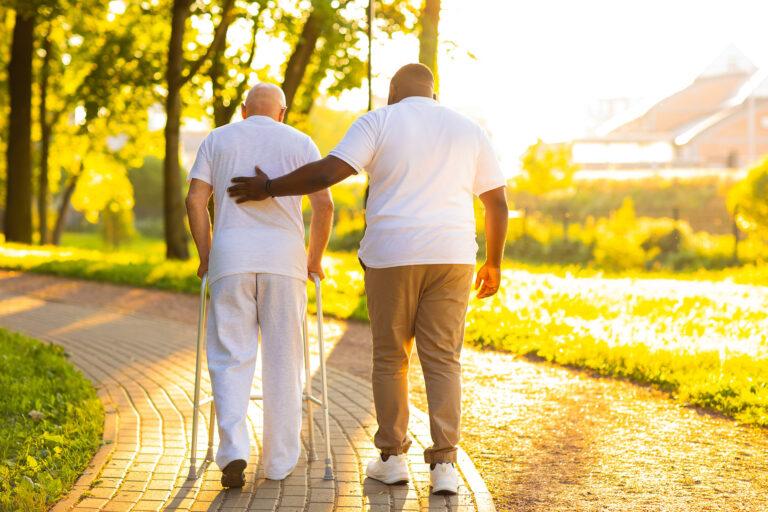How often do we look for incentives to make any sustainable decision or investment?
If a ‘seed for sustainability’ is planted in known or unknown territory, generally, our first reaction is, ‘how will this investment benefit me’? This statement can often put an end to interesting innovations, even before they begin! With the current scenario (where sustainability is top priority) though, we cannot afford to shun out sustainable approaches as easily, simply because they have not been as straightforward as current ways we are accustomed to living.
Thus, because of this very nature of our approach to affairs, and the way we are wired to think, it is important to try and depict sustainable initiatives in some tangible form, so that we do not inhibit their growth at a pace that is essential. This ‘breaking down of concepts into feasible ways of implementing’ is already being done successfully in various industries. As a technical research student in the Netherlands, I was one among the many who tried to be a part of this global initiative, by conducting a research on how concepts of the Circular Economy can be made tangible, specifically for Real Estate Valuators to understand and incorporate them in their practice. Why them, would you ask?
How often do we see various stakeholders such as architects, investors, and developers, to name a few, who go out of their way to incorporate sustainable and circular principles in their building design? It takes higher effort, longer time, as well as higher investments in most cases, but also shows benefits at a later point in the lifecycle of the building. Ideally, all these additions should be reflected in the final value of the property as well, but this is where the mismatch lies, and where there is a gap between traditional real estate valuation practices versus the ideal scenario where we can consider circularity.
The current valuation methods, although efficient, collect data and provide property valuations based on previous studies. For example, when using a comparative method of property valuation, we compare one asset with a neighbouring one, that has similar features. This process incorporates the previous values already provided to this old building, without accounting for innovations such as reusability or adaptability of the building components. In some cases, certain older properties are valued based on traditional depreciation, wherein eventually, the building value will be depreciated down to a lower rate, which may consequently disinterest any potential buyers, and make it a non-profitable investment.
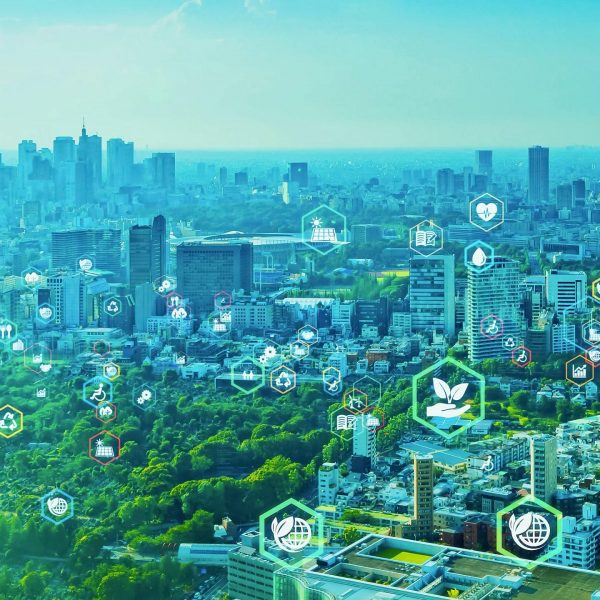
On the other hand, if the concepts of circularity were considered, where the primary focus is to close the loop and harvest materials, rather than to demolish the building and deem it as added construction waste, then this would make real estate a more sustainable/wholesome practice. Rather than looking back at older valuations conducted, how different would the sector be if we incorporated the value of circular interventions to the original value already calculated? Would there be a drastic difference and most importantly, would it change the way real estate investors looked at circularity. The fact that the value of the property at the end of life is expected to be higher than anticipated (under normal circumstances), is already incentive enough to consider this transition.
This then led to a background study of fundamentals about the Circular Economy, as well as of Real Estate Valuation practices. At the end of the research, the most interesting finding was that there is a way to link Circular Design Principles within the current methods and practice of Real Estate Valuation. A survey conducted depicts the validation received by various Valuators in the Netherlands. This was a crucial finding to set base for further research to concretise this concept.
Various industries have successfully been able to translate such concepts to concrete forms, while many more are underway. But in the meantime, the key is to have some faith in the initial process, trust that sometimes the benefit is the greater good, and allow for sustainable innovations to emerge!

